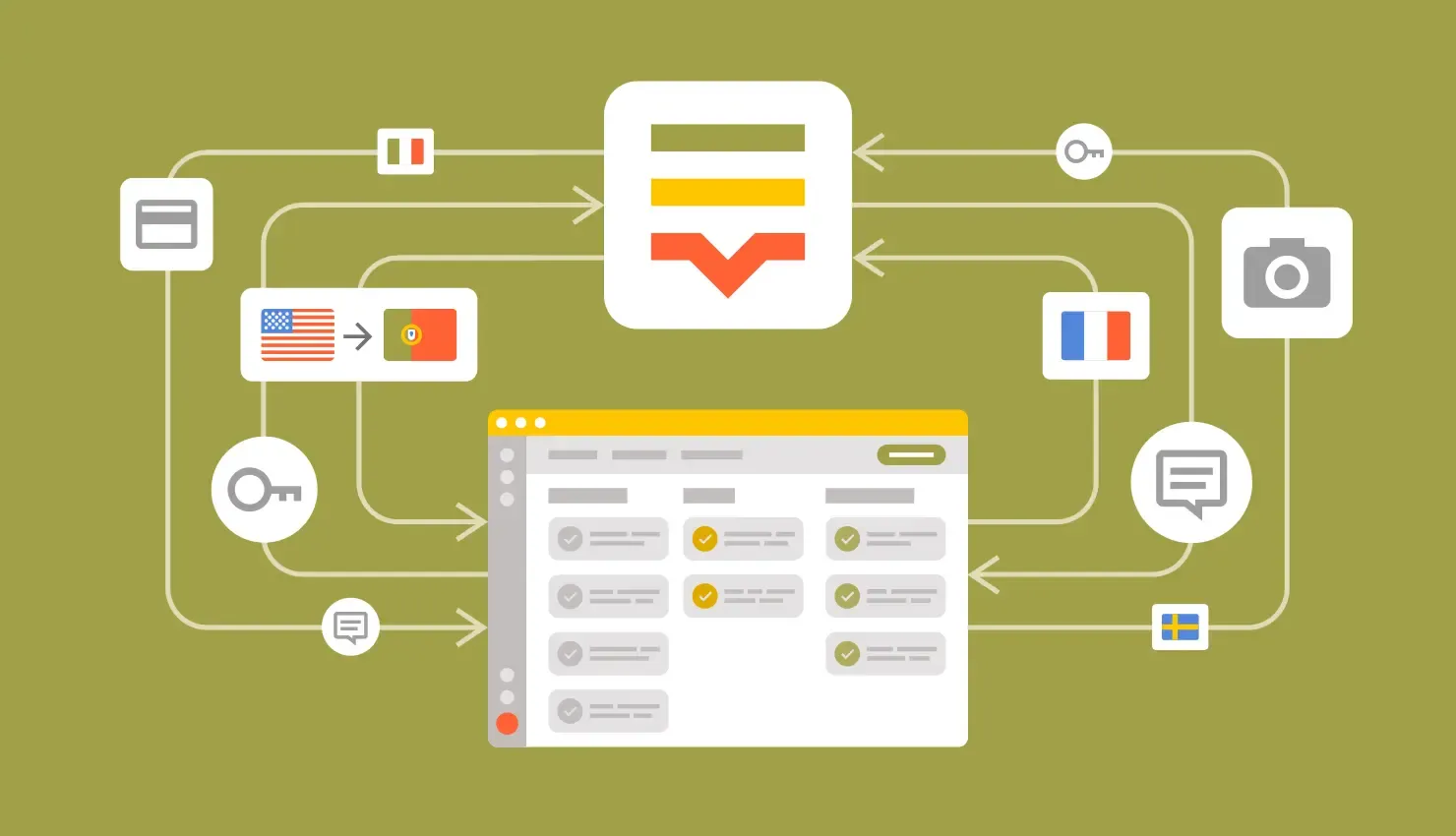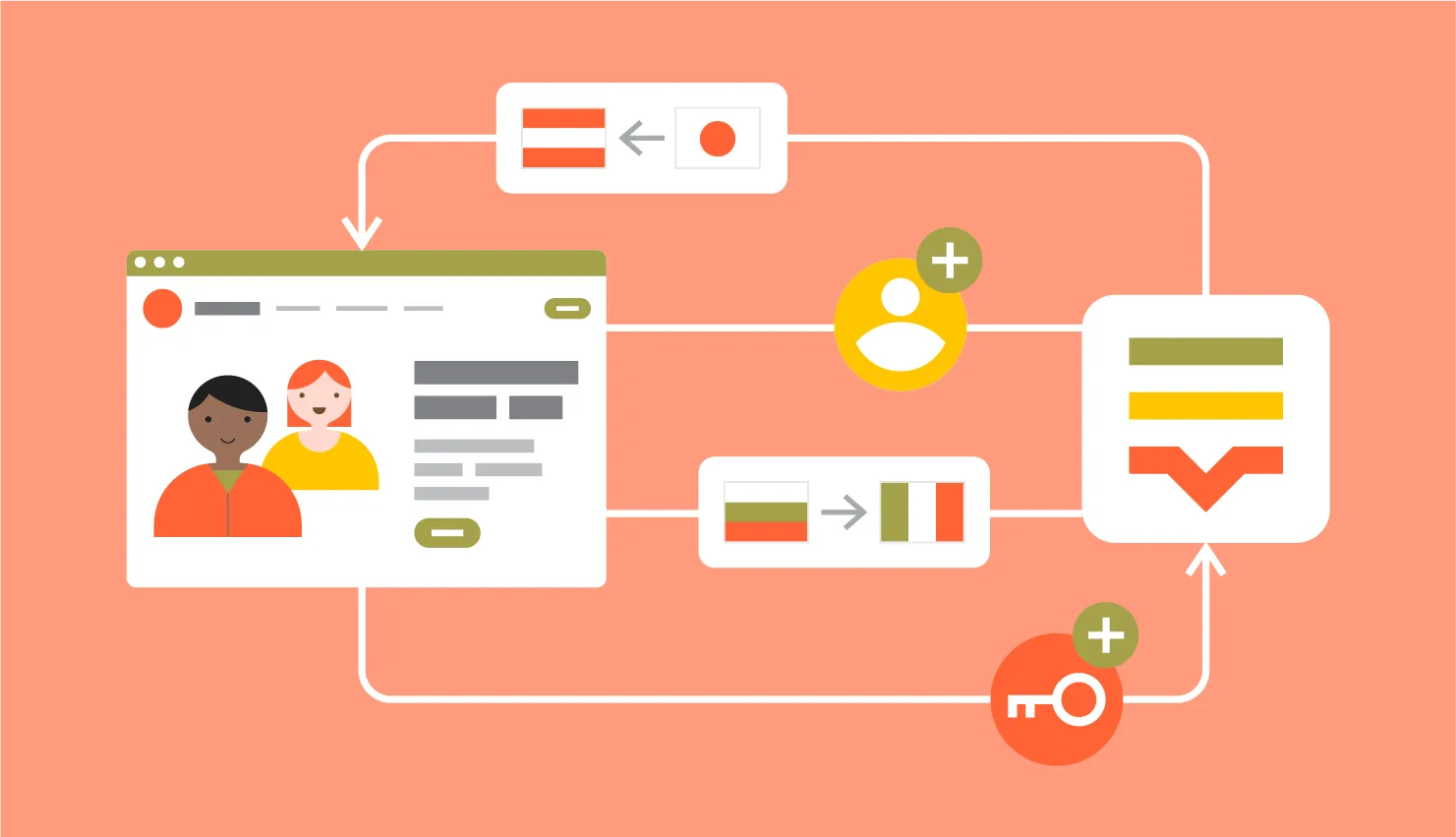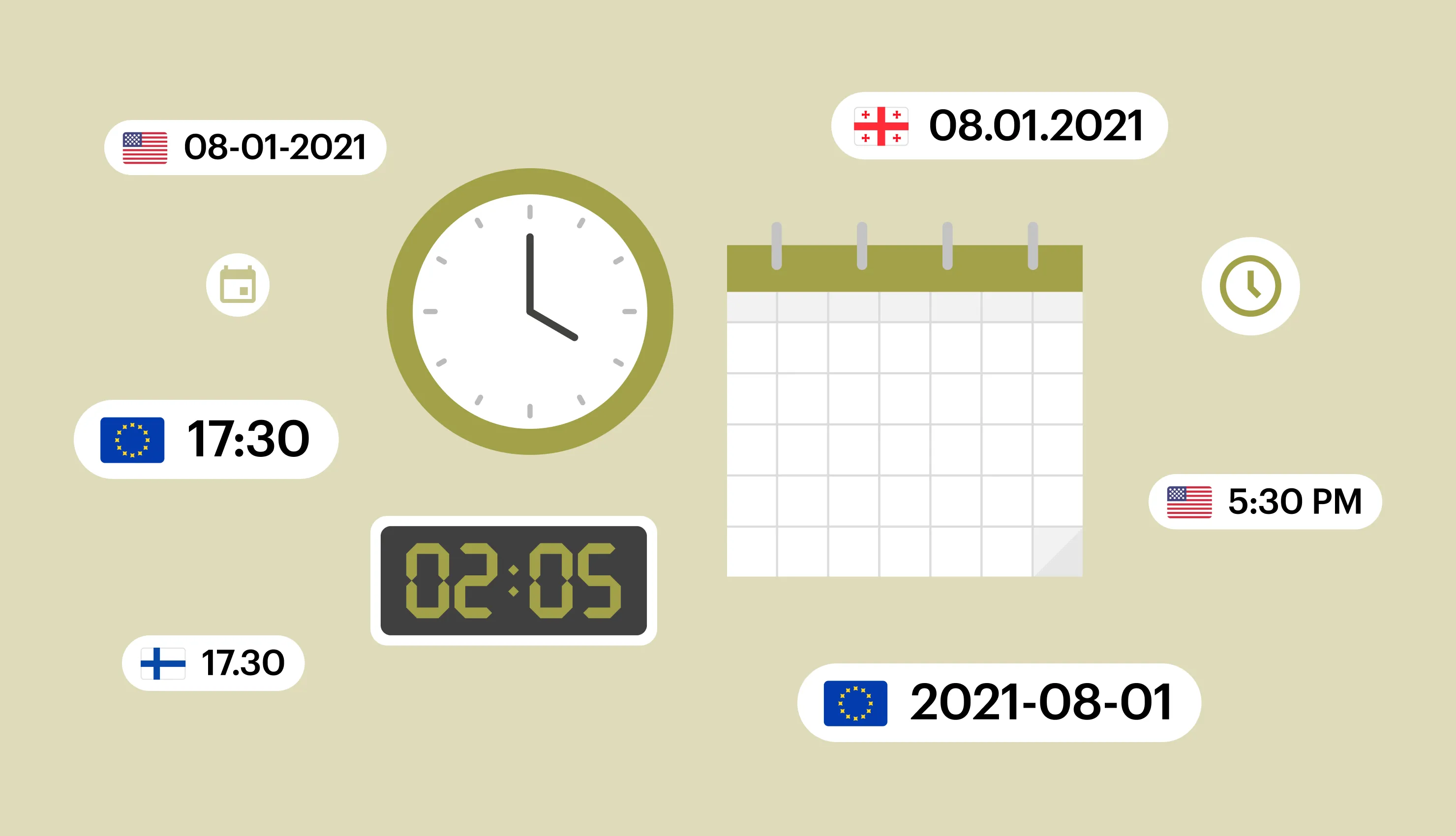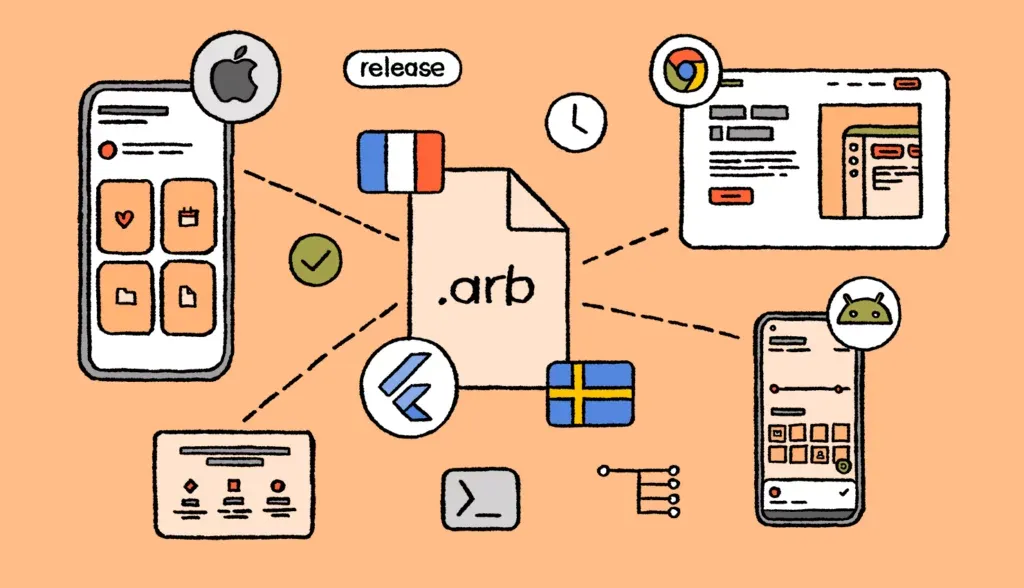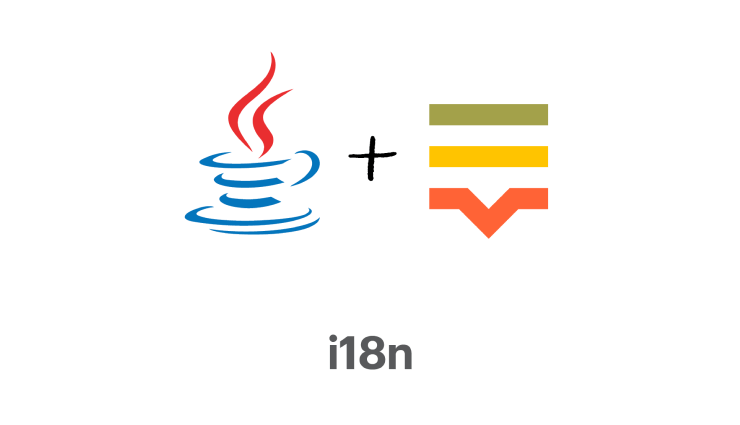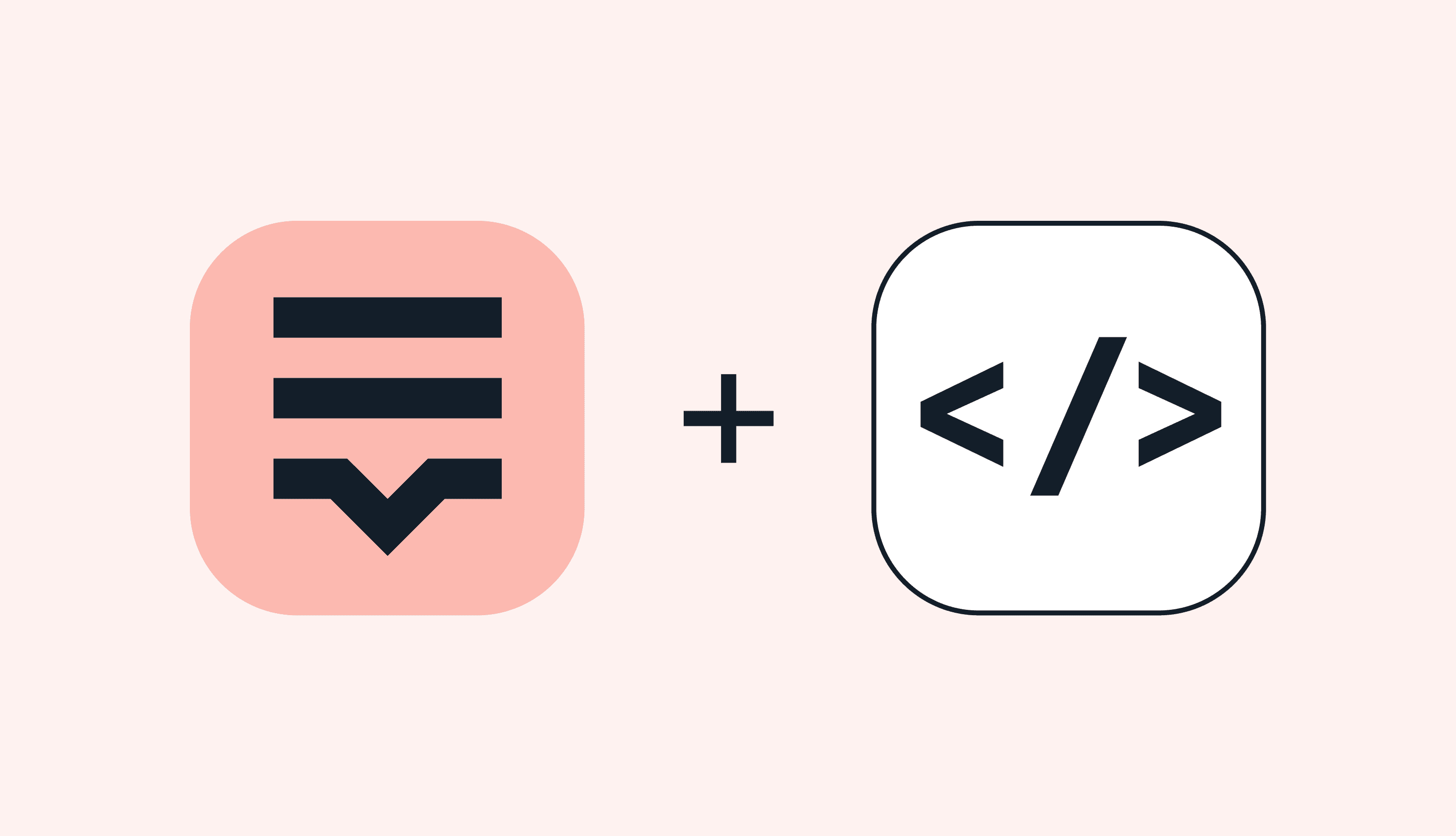Lokalise APIv2 in practice
In one of my previous articles I was covering Lokalise APIv2 basics, explaining its key features, and how to get started with it. Today we are going to work a bit more with the API using Node, Ruby, and Python SDKs. We are going to cover some real-world scenarios and discuss different code samples. By the end of this article you’ll be able to put your knowledge to work in real projects.
Updated on September 20, 2024·Ilya Krukowski The 9 biggest localization issues/problems developers face and how to solve them
Implementing a proper localization workflow can be quite the complex task, especially when you have never done it before. There are numerous things for you to consider and keep in mind. In this article, we will discuss some of the most common localization issues/problems that we, as developers, face and how to solve them with the help of the Lokalise TMS (translation management system). The concepts presented in this articl
Updated on September 23, 2024·Ilya Krukowski Laravel localization: A step-by-step guide with examples
In this tutorial, you’ll learn how to perform Laravel localization and present your application in multiple languages. We’ll cover working with translation files, performing pluralization, creating a language switcher, and more using Laravel localization, localized time, and multi-language examples.
Updated on February 12, 2024·Ilya Krukowski Lokalise API: What is it and how to use it?
In this article you will learn what is an API and how to use Lokalise API to define custom workflows and create automation scripts with ease. First we will cover some theory and then proceed to practice and discuss typical examples. To follow this article you don’t need to be a professional developer but having at least a basic programming knowledge is very much recommended. All examples and processes will consider
Updated on September 20, 2024·Ilya Krukowski Date and time localization
Date and time localization is crucial when you're building apps or software that people all over the world will use. Different countries have their own ways of showing dates and times, and if your app doesn’t handle these differences, it can get confusing for users. In this article, we’ll explore why date and time localization matters, some of the tricky parts involved, and how you can make it easier across various programming languages and frameworks. We’ll dive into
Updated on September 13, 2024·Ilya Krukowski Flutter localization and internationalization (i18n) with examples
If you're a mobile developer, you might already be familiar with Flutter, Google's open-source UI toolkit for building beautiful, natively compiled applications for mobile, web, and desktop from a single codebase. Initially known as "Sky" and exclusive to Android, Flutter now supports iOS, Linux, Mac, Windows, and Google Fuchsia. An essential aspect of using Flutter is mastering Flutter localization to make your app accessible to a global audience. Integrating
Updated on September 23, 2024·Ilya Krukowski Java internationalization (i18n): translate your Java app/website
Internationalization has become an invaluable method for engaging users and providing a seamless experience in today's globalized world. By tailoring your Java app to support multiple languages and cultural nuances, you make it accessible to users across different regions, ensuring they feel right at home. In this article, we’ll explore how Java internationalization can help you translate your apps or websites effectively and
Updated on December 23, 2024·Ilya Krukowski Translate HTML code: How to translate HTML into different languages with examples
In the previous articles we have seen how to internationalize jquery i18n, Angular, and Vue applications. However, one might still ask: “How can I translate HTML?”, “Is there an HTML translator application?” and the answer is yes! So, in this article, I will explain how to get started on translating HTML code into different languages using Lokalise: a simple yet very powerf
Updated on August 20, 2024·Ilya Krukowski 